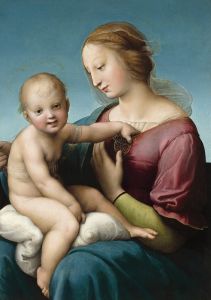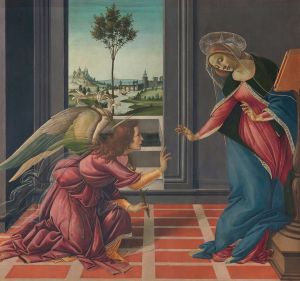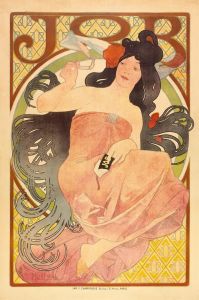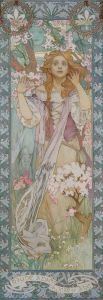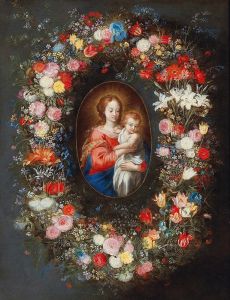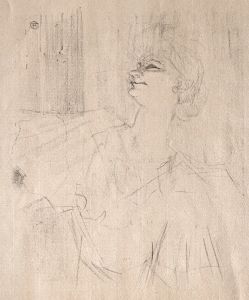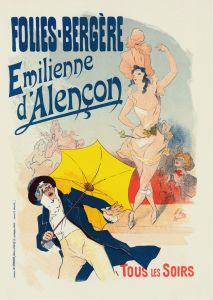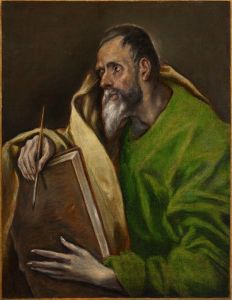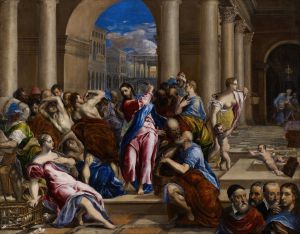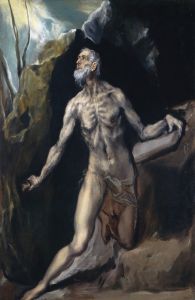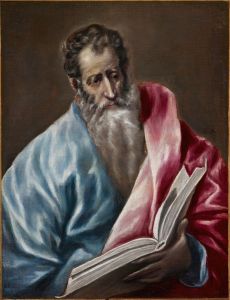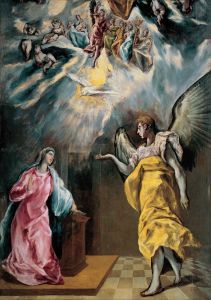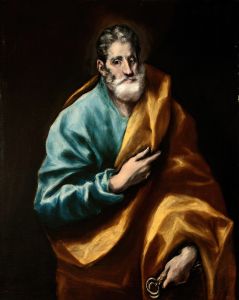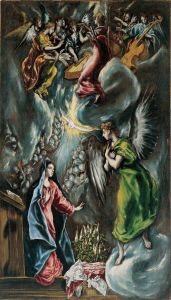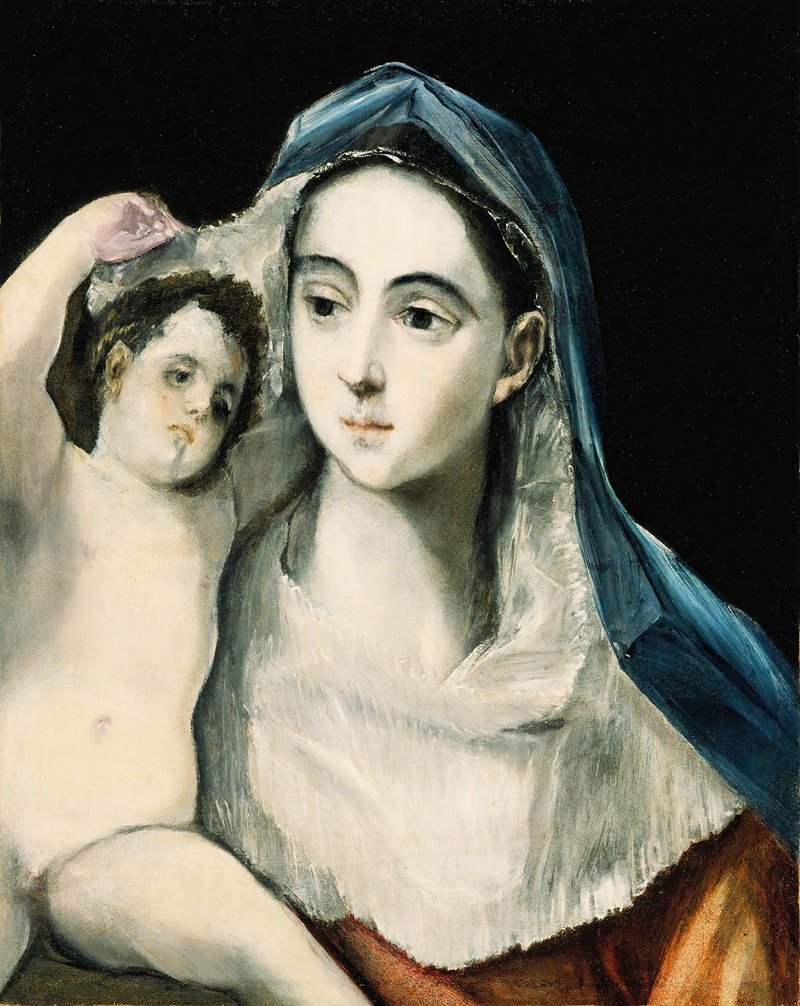
Madonna And Child
A hand-painted replica of El Greco (Domenikos Theotokopoulos)’s masterpiece Madonna And Child, meticulously crafted by professional artists to capture the true essence of the original. Each piece is created with museum-quality canvas and rare mineral pigments, carefully painted by experienced artists with delicate brushstrokes and rich, layered colors to perfectly recreate the texture of the original artwork. Unlike machine-printed reproductions, this hand-painted version brings the painting to life, infused with the artist’s emotions and skill in every stroke. Whether for personal collection or home decoration, it instantly elevates the artistic atmosphere of any space.
"Madonna and Child" by El Greco, whose real name was Domenikos Theotokopoulos, is a notable work of art that exemplifies the unique style and religious themes prevalent in El Greco's oeuvre. El Greco was a painter, sculptor, and architect of the Spanish Renaissance, known for his distinctive style that combined elements of Byzantine traditions with Western painting techniques. Born in Crete in 1541, El Greco moved to Spain in 1577, where he spent the majority of his career and developed his mature style.
The "Madonna and Child" is a recurring subject in Christian art, depicting the Virgin Mary with the infant Jesus. El Greco's interpretation of this theme is characterized by his elongated figures, dramatic use of color, and expressive emotional content. These elements are hallmarks of his work and contribute to the spiritual intensity and mysticism that his paintings often convey.
In El Greco's "Madonna and Child," the Virgin Mary is typically portrayed with a serene and contemplative expression, holding the Christ Child, who is often depicted with a sense of divine wisdom beyond his years. The figures are usually set against a dark or neutral background, which serves to highlight their ethereal presence and the vibrant colors of their garments. El Greco's use of light and shadow adds depth and dimension to the figures, creating a sense of movement and life.
El Greco's work was heavily influenced by his early training in Byzantine iconography, which is evident in the spiritual intensity and elongated forms of his figures. His time in Italy, particularly in Venice and Rome, exposed him to the works of Renaissance masters such as Titian and Michelangelo, whose influence can be seen in his sophisticated use of color and anatomical precision. However, El Greco's style remained distinct, characterized by a departure from the naturalism of the Renaissance towards a more expressive and abstract representation.
The "Madonna and Child" by El Greco reflects his ability to blend these diverse influences into a cohesive and personal style. The painting is not only a religious icon but also a testament to El Greco's innovative approach to composition and form. His work was not fully appreciated during his lifetime, as it diverged from the prevailing artistic norms of the period. However, El Greco's legacy has grown over the centuries, and he is now recognized as a precursor to both the Expressionist and Cubist movements.
El Greco's "Madonna and Child" continues to be celebrated for its emotional depth and artistic innovation. It remains an important piece within the context of religious art and the broader history of Western painting. The painting exemplifies El Greco's ability to convey complex theological themes through a unique visual language, making it a significant work for both art historians and admirers of religious art.





